The Romanians of Maramures
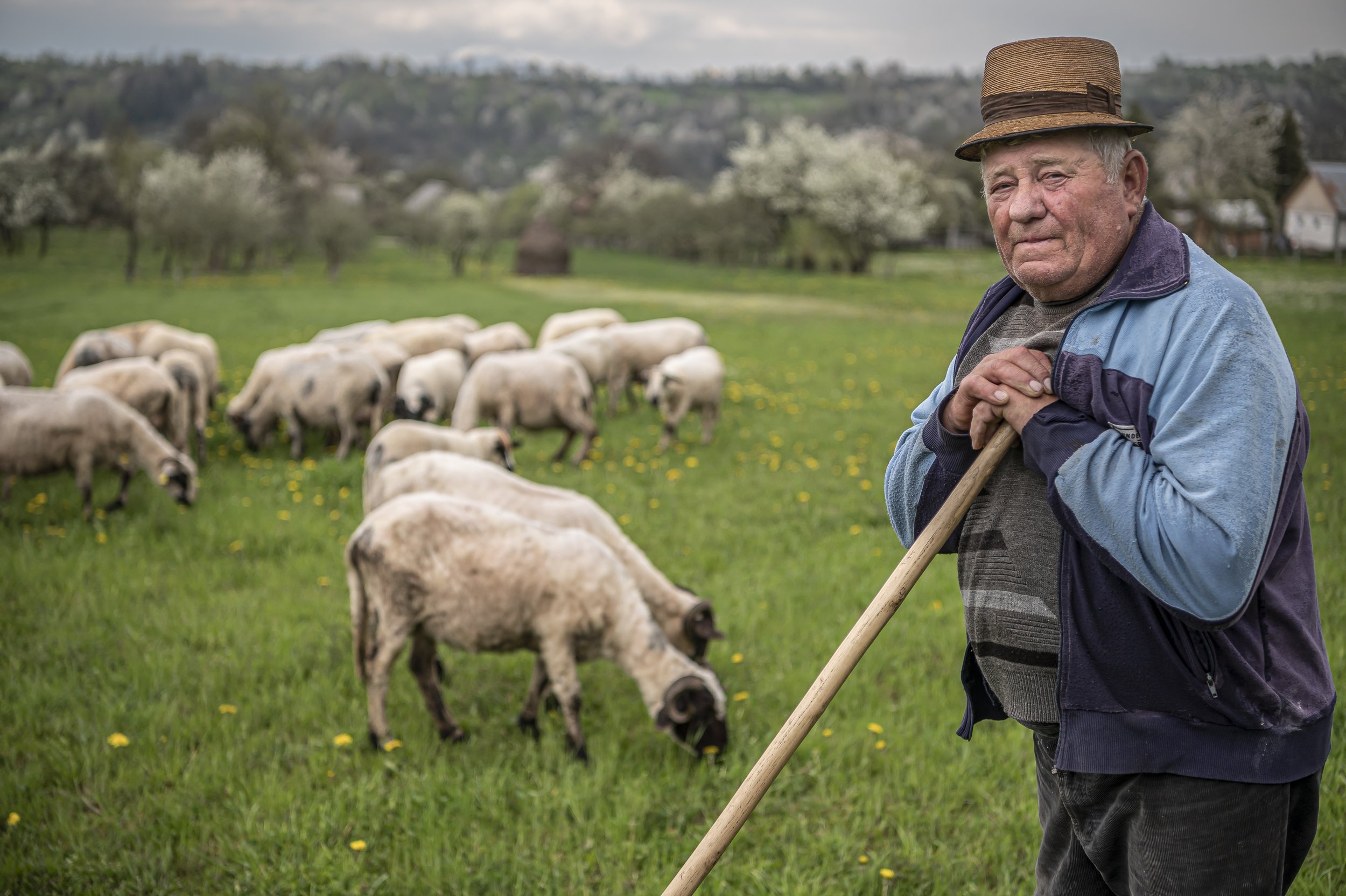
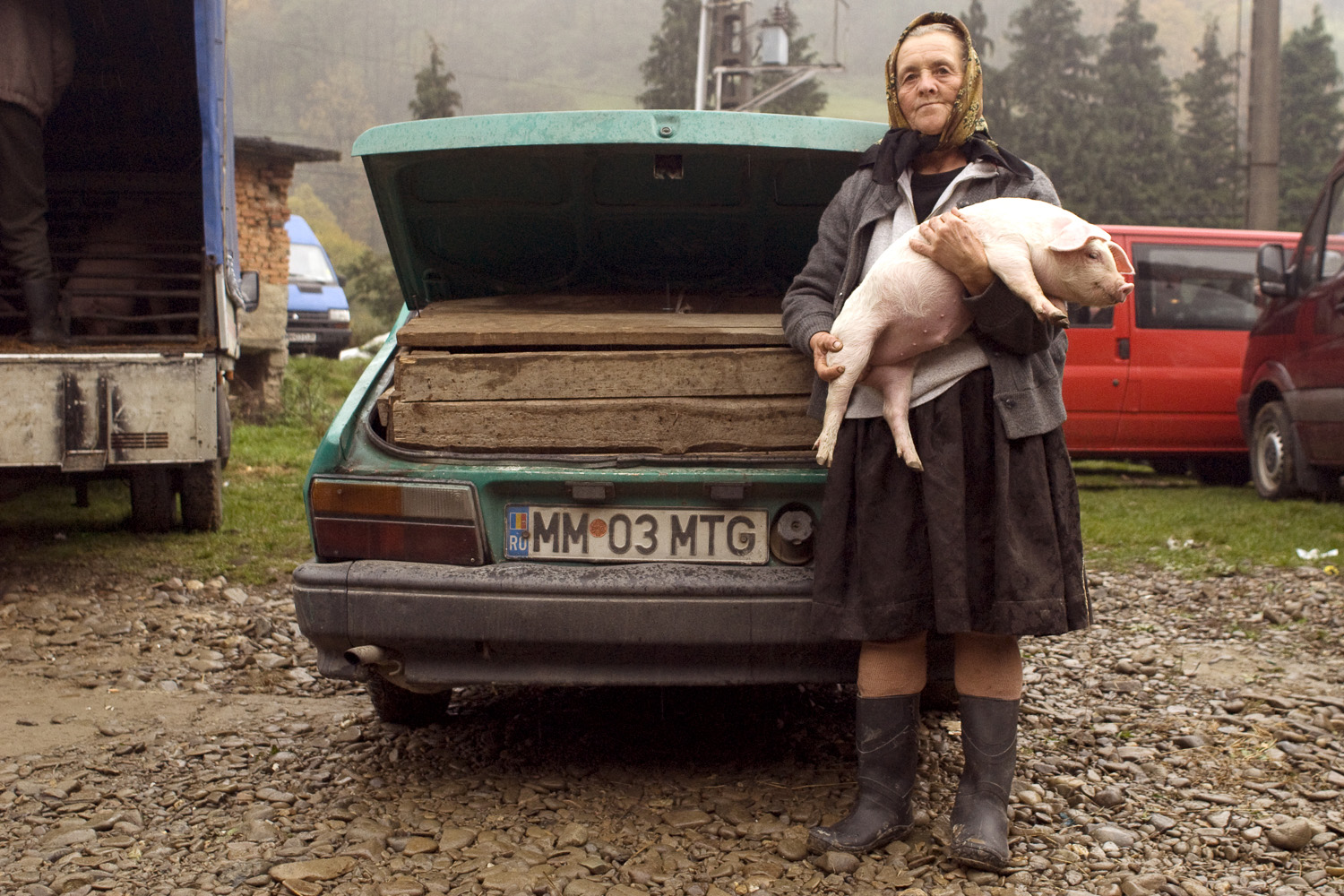
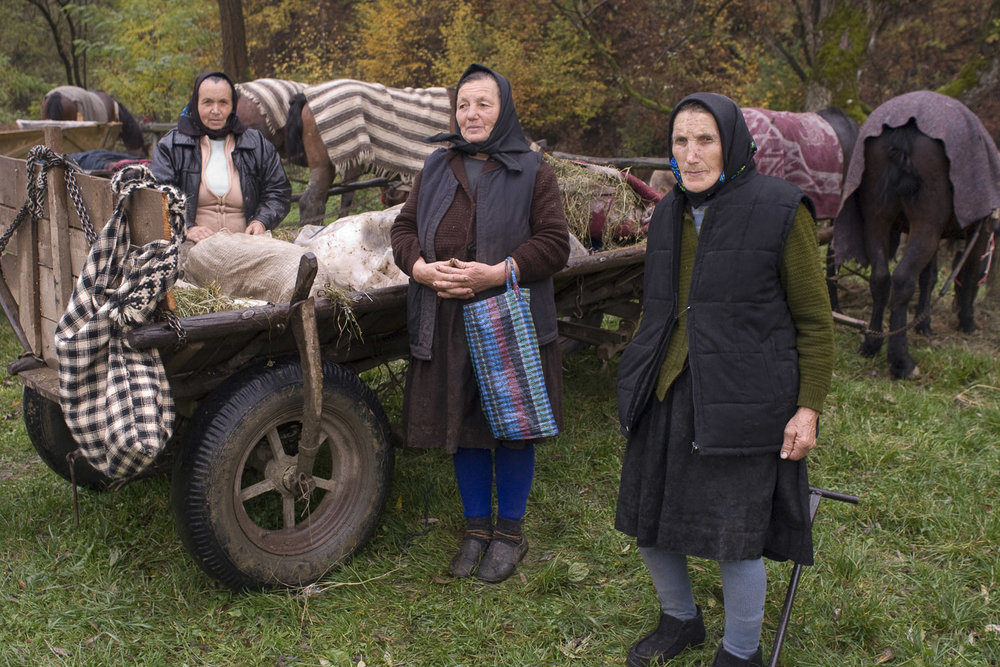

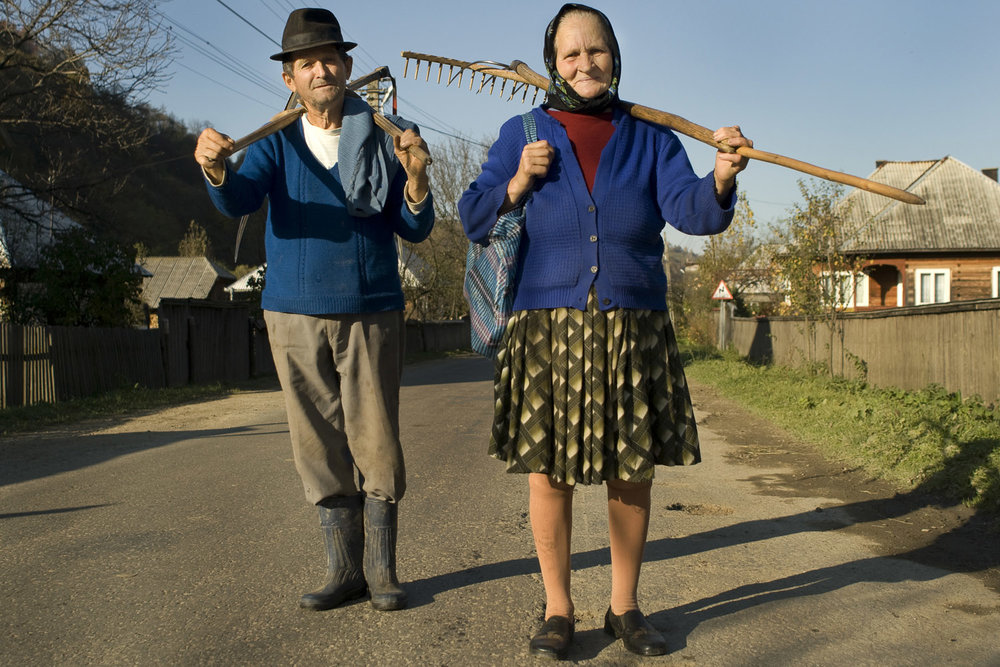
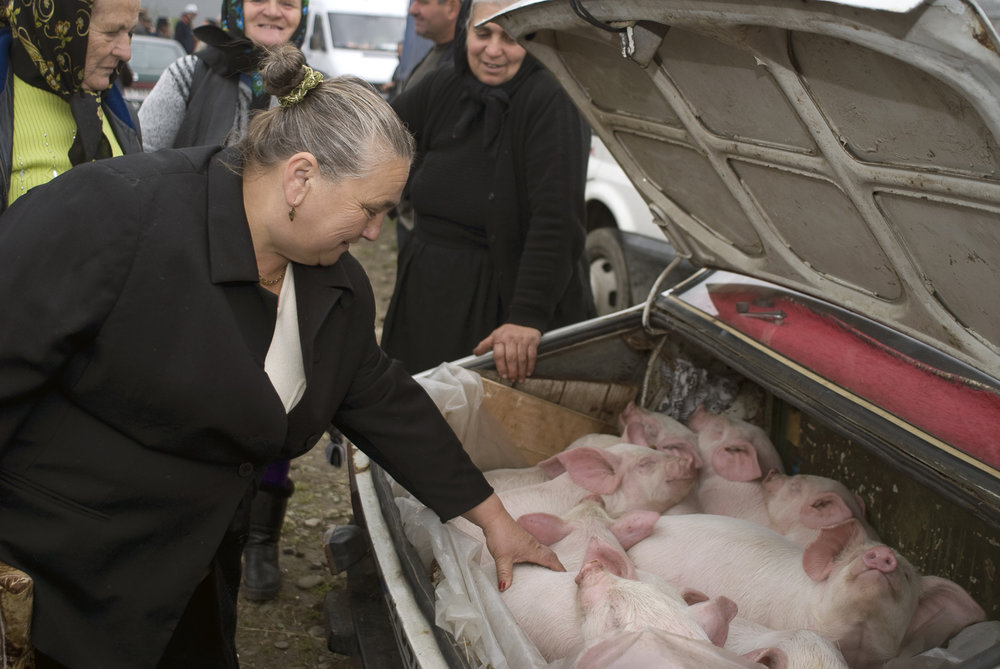
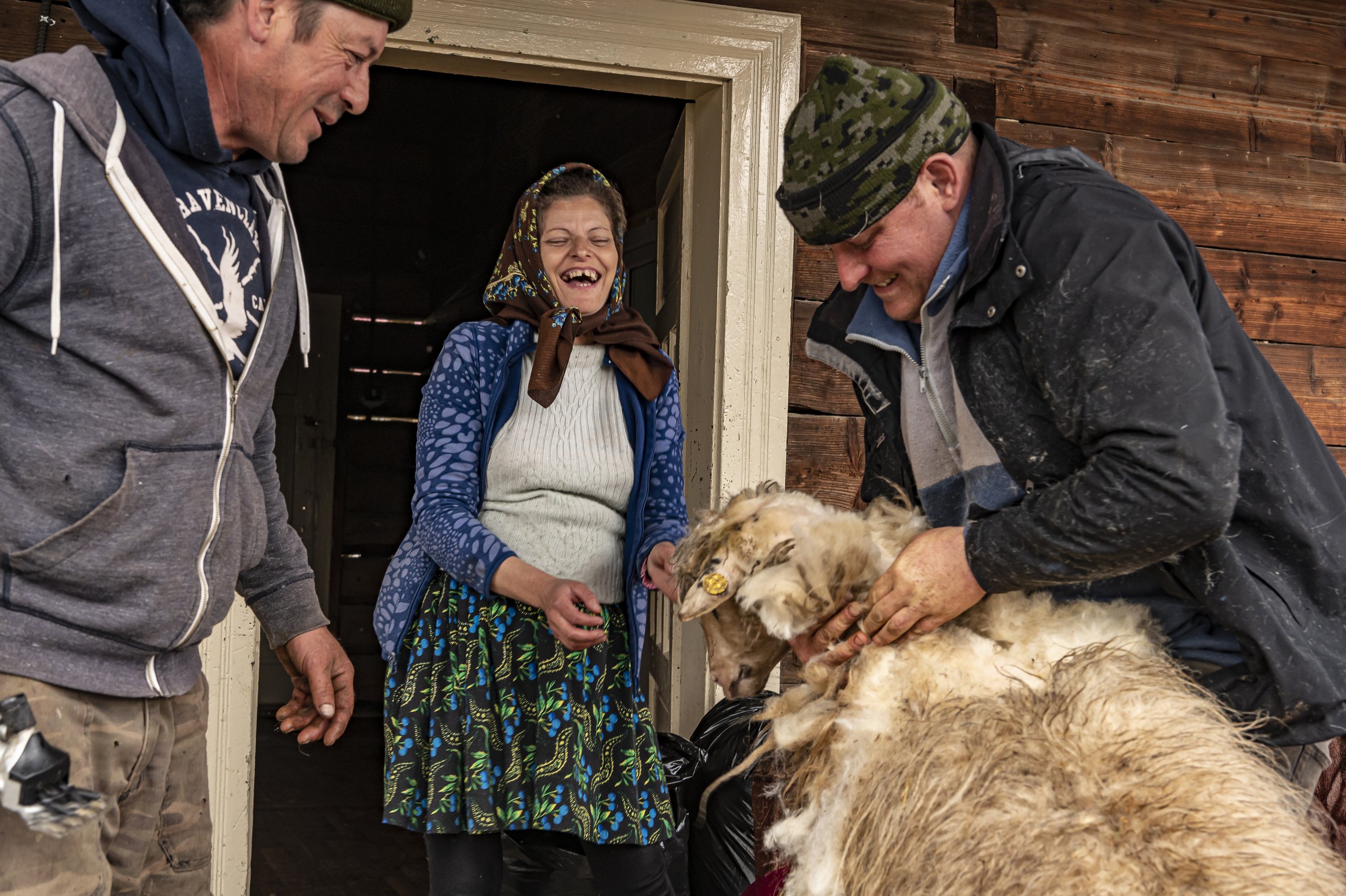
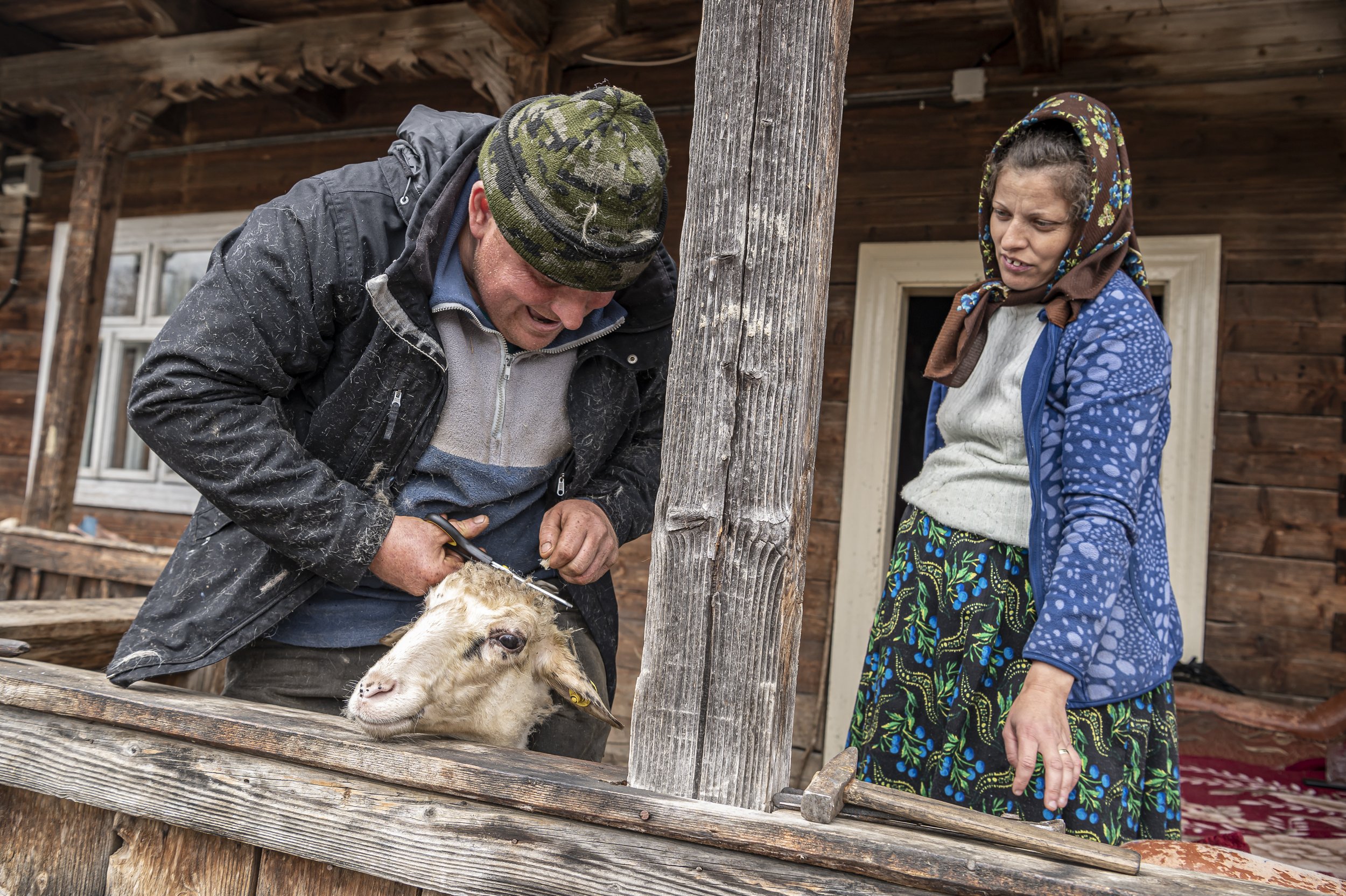
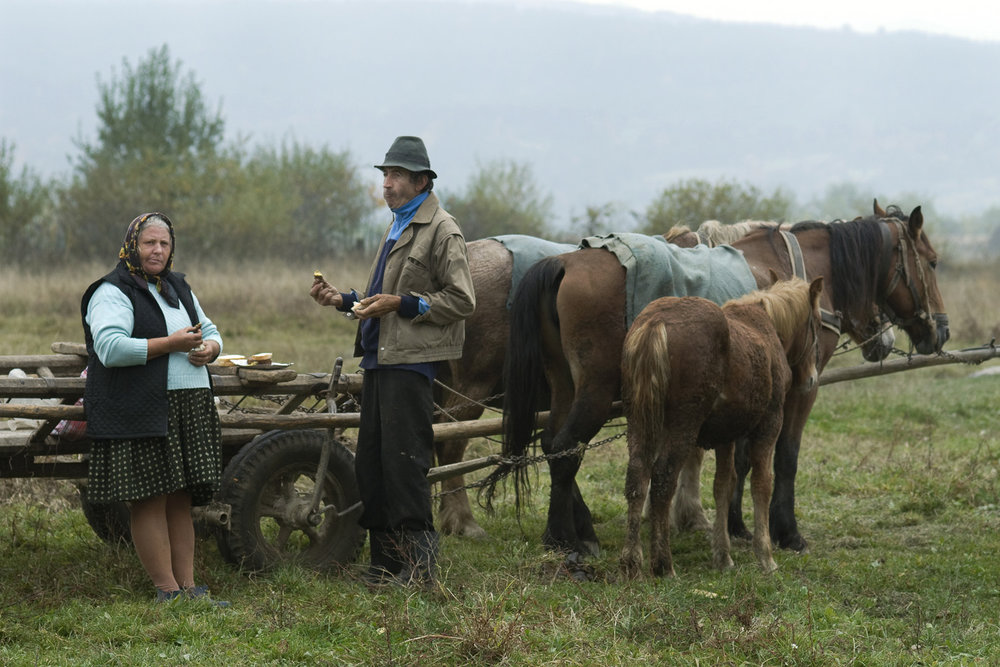


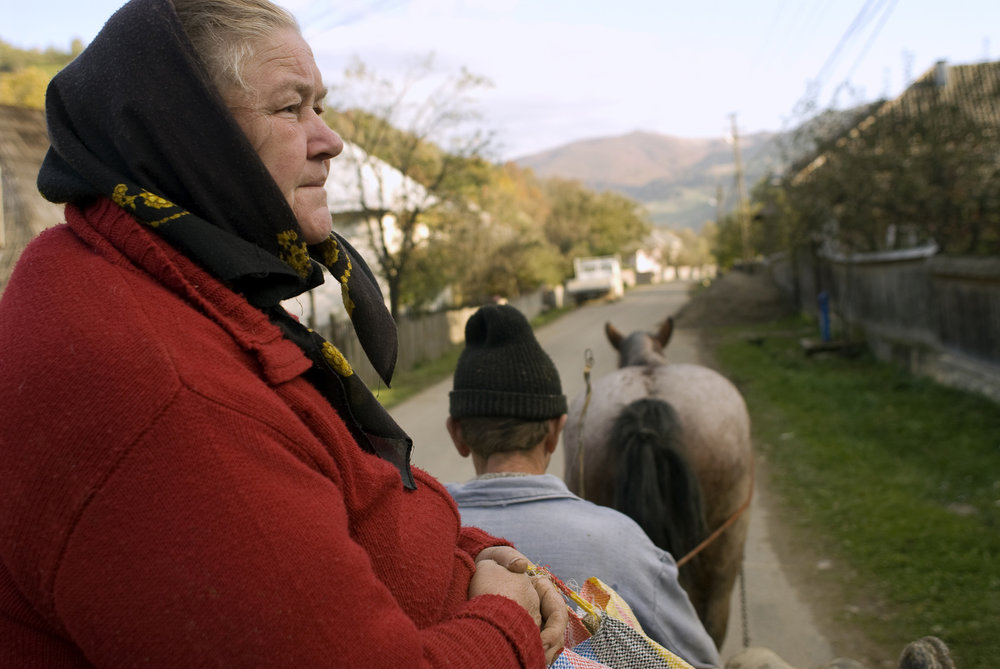




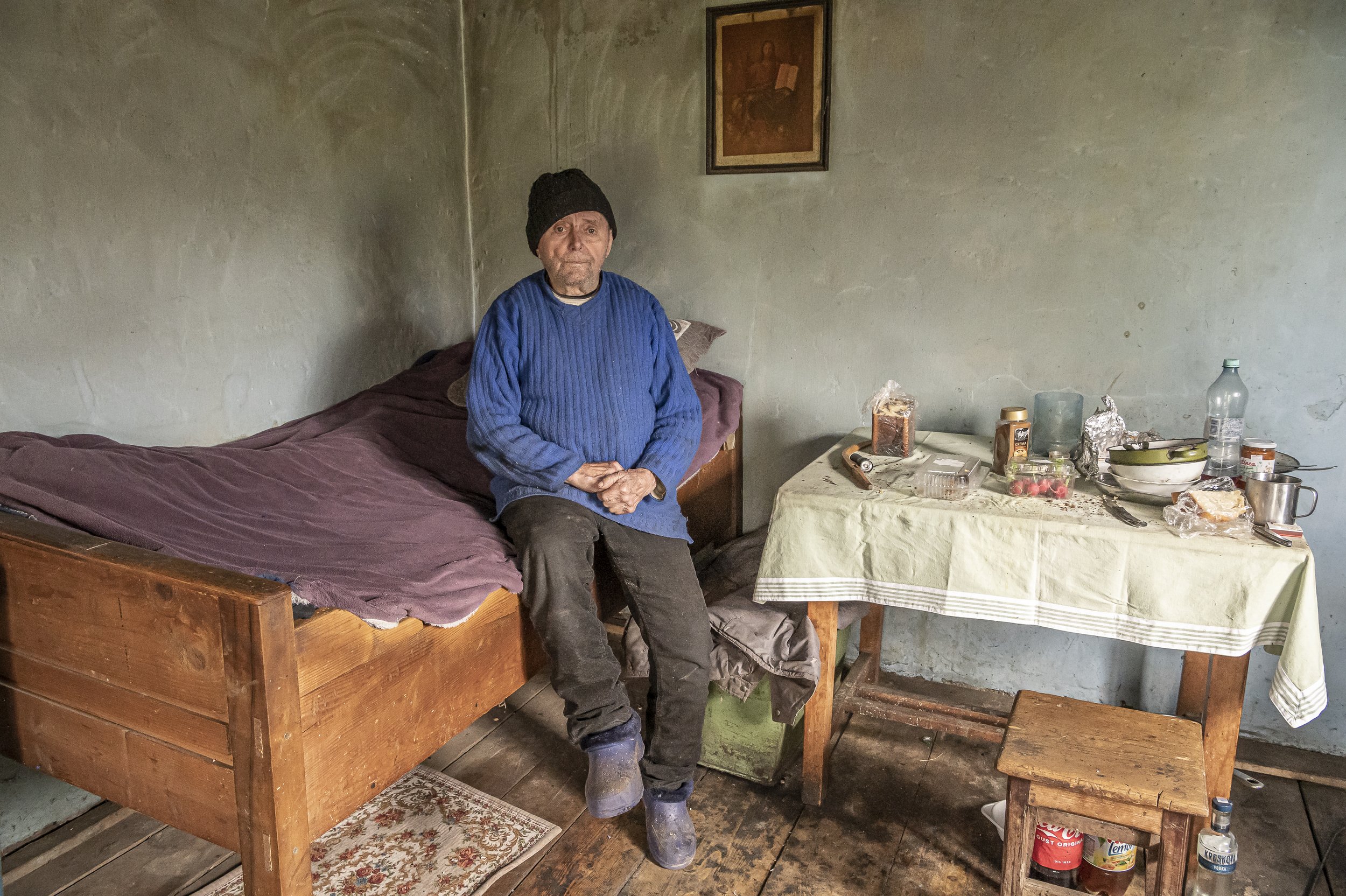
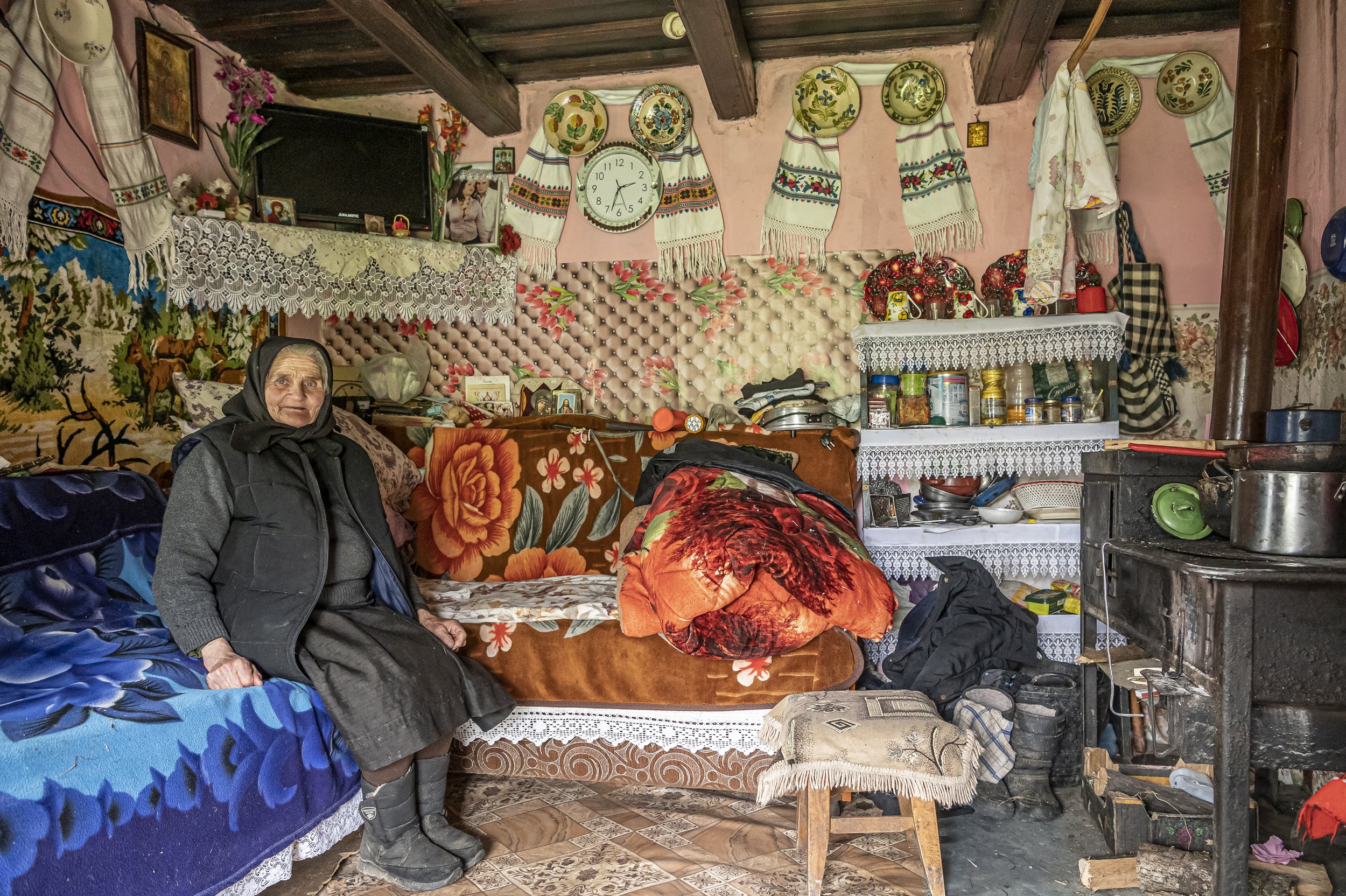
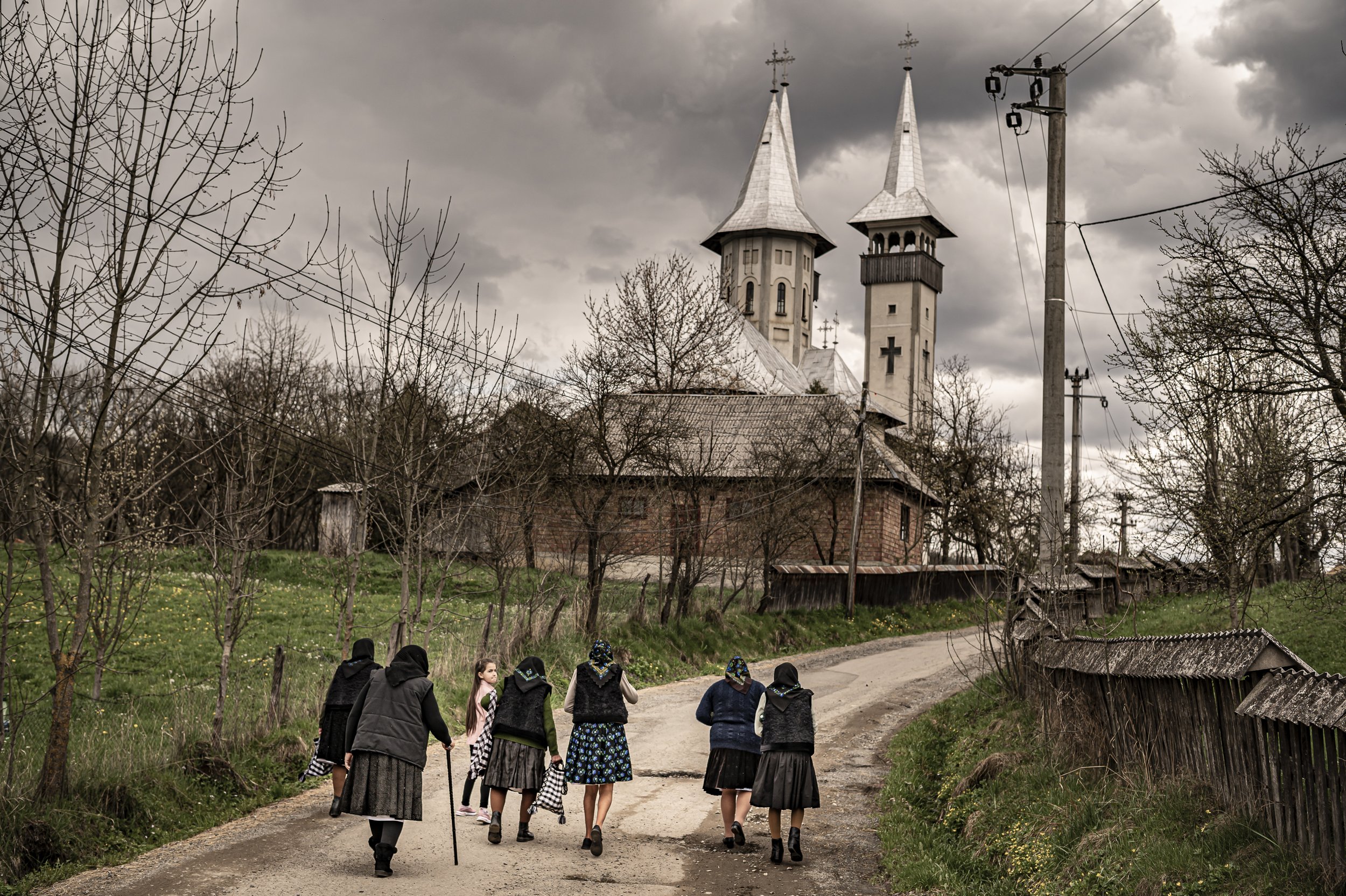
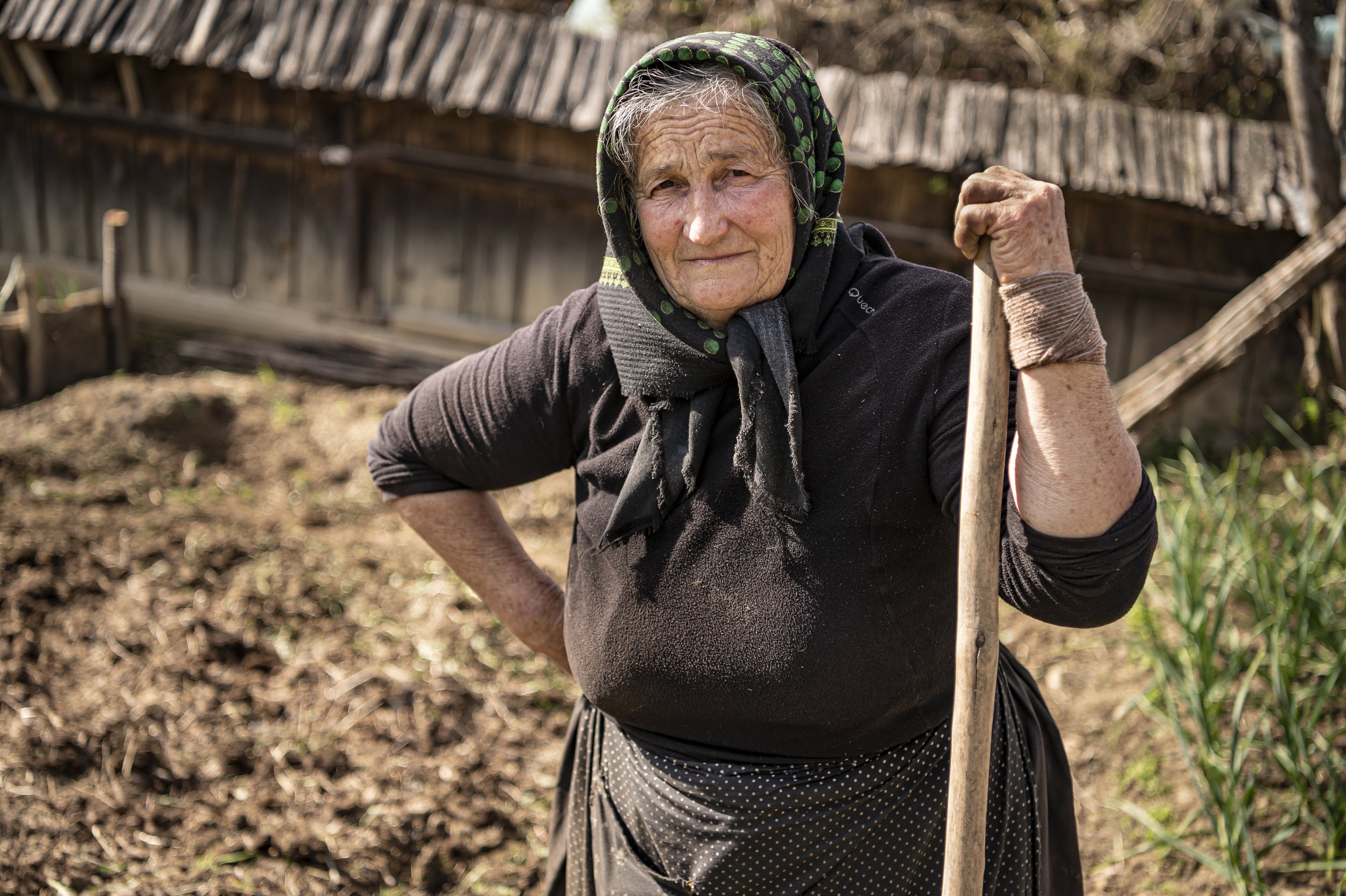

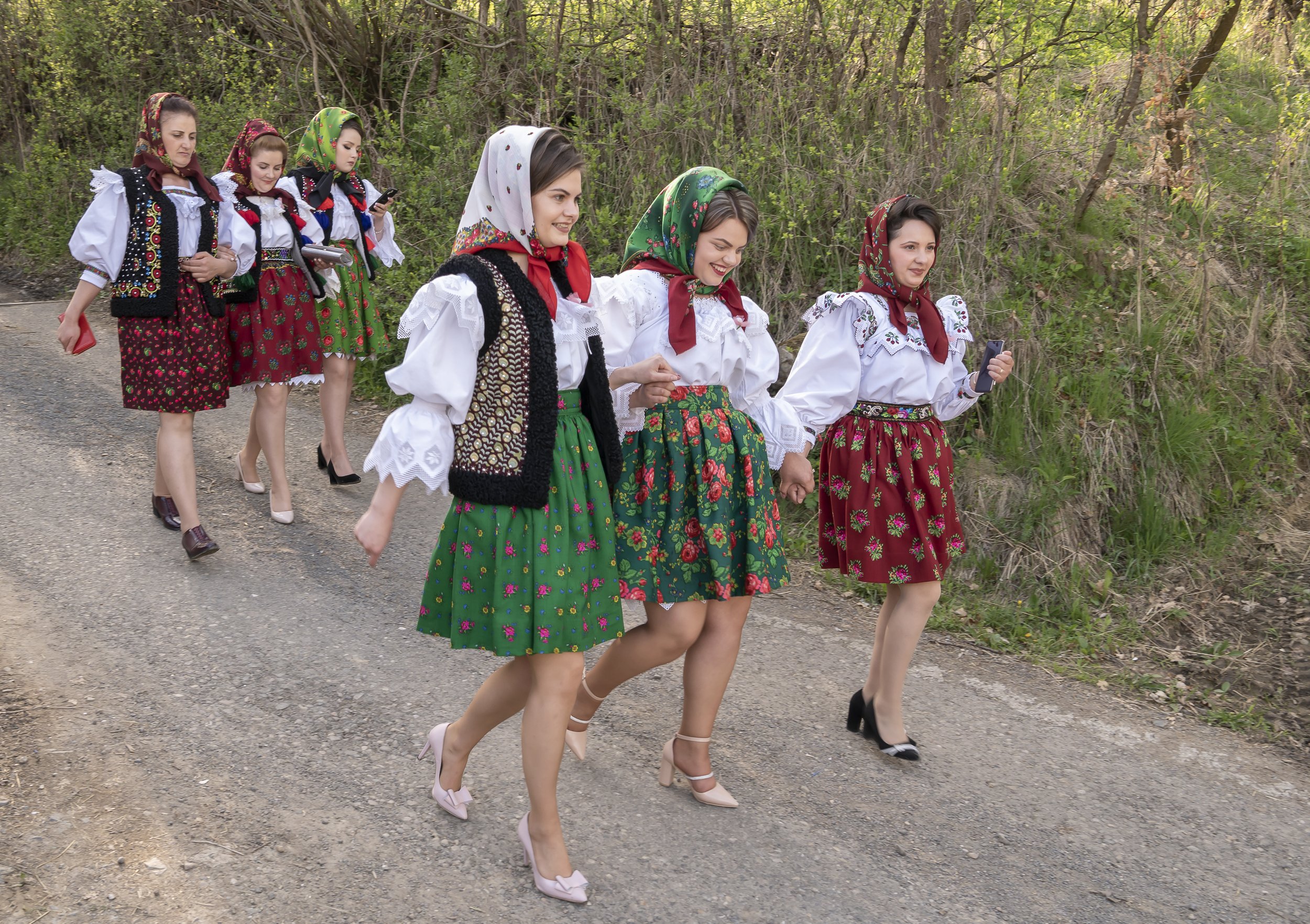
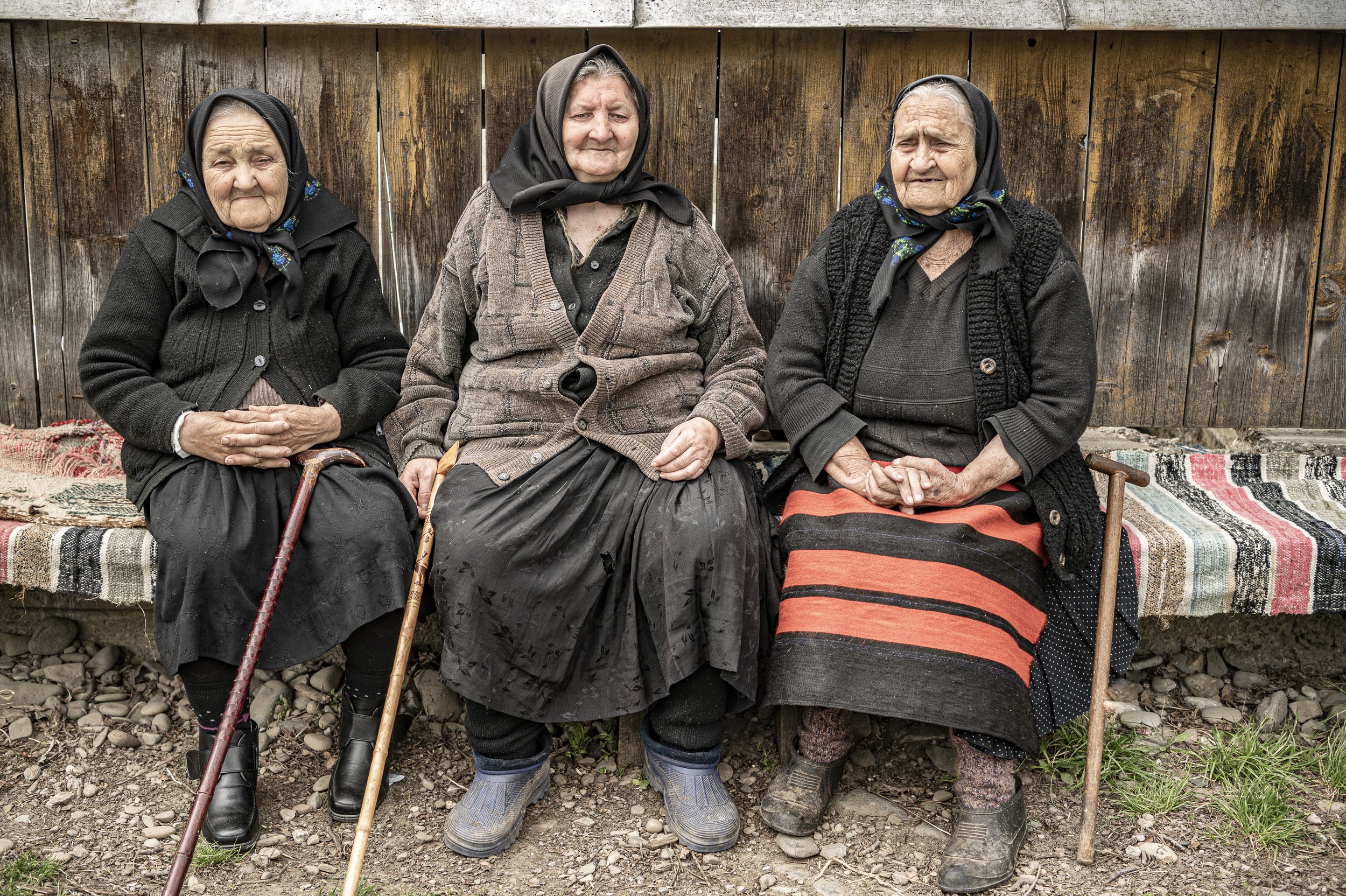

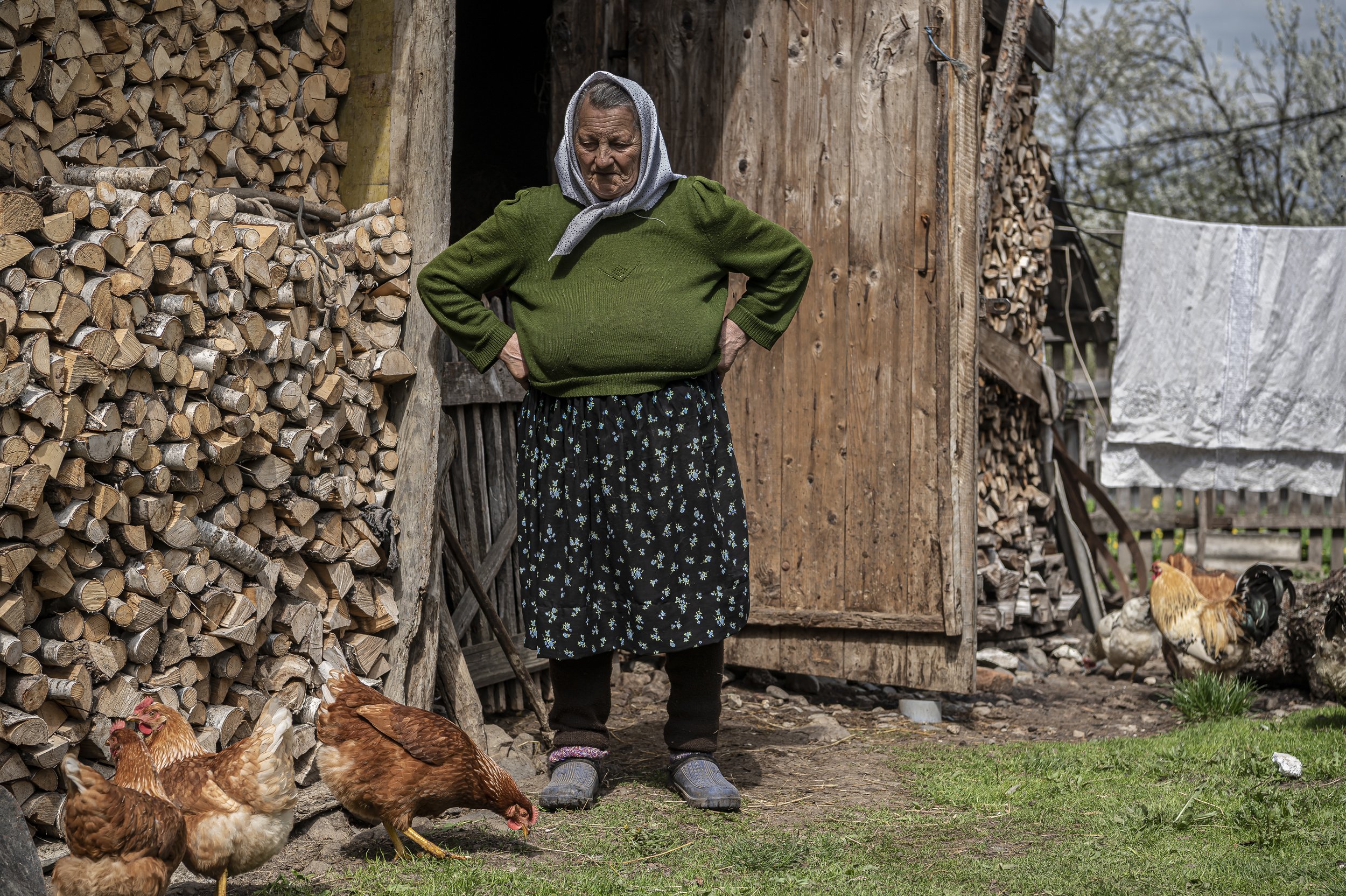
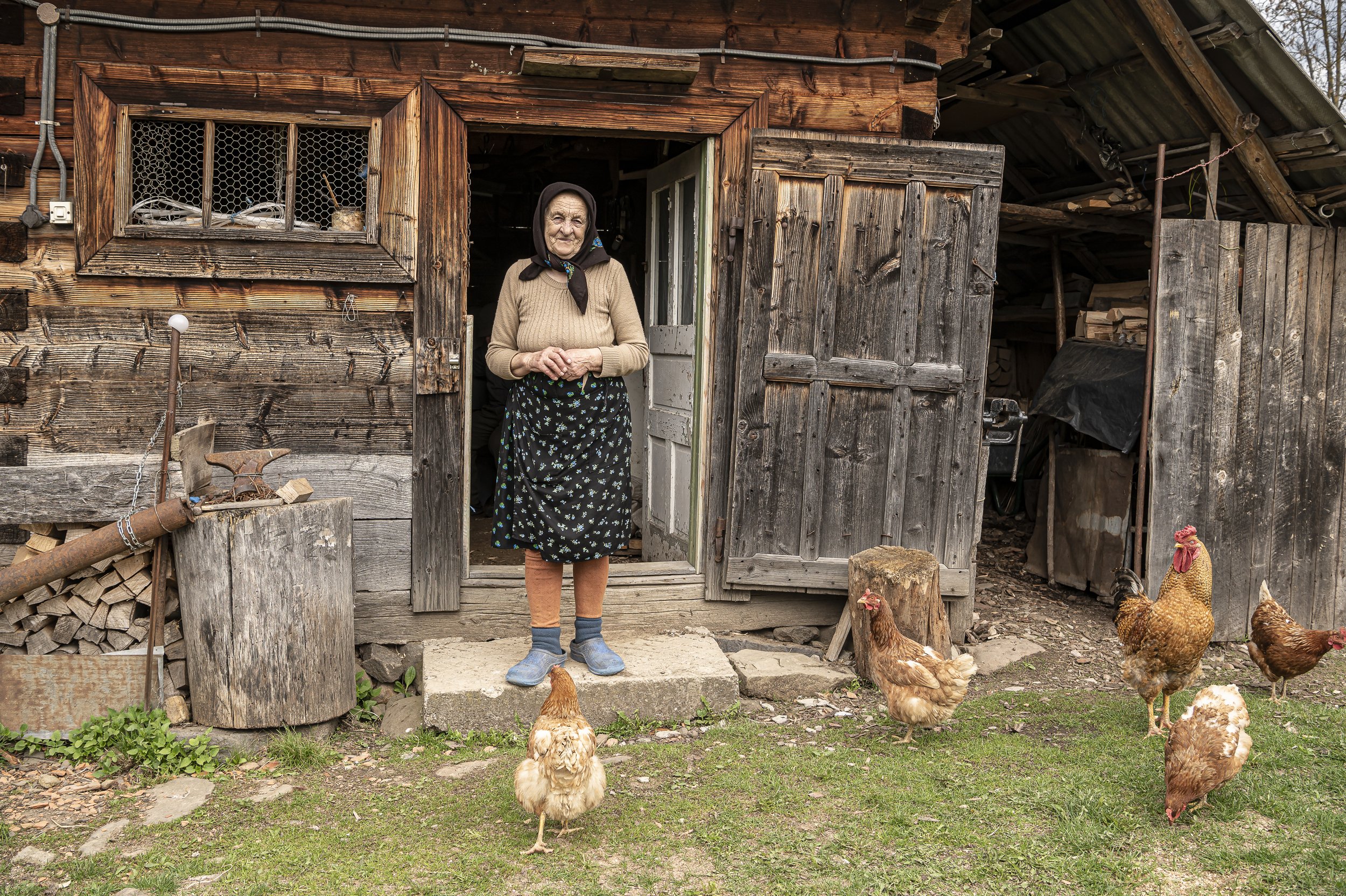

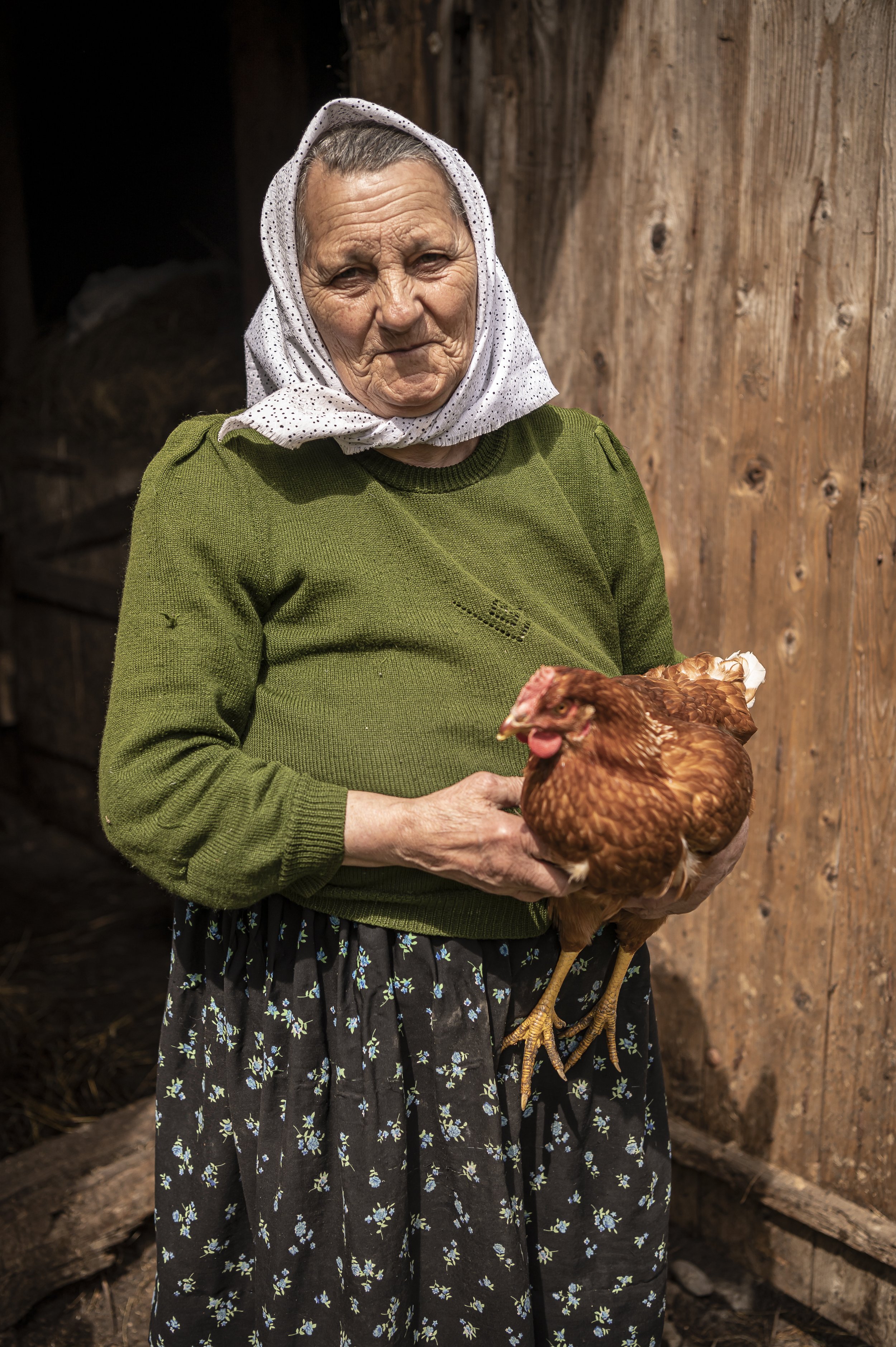

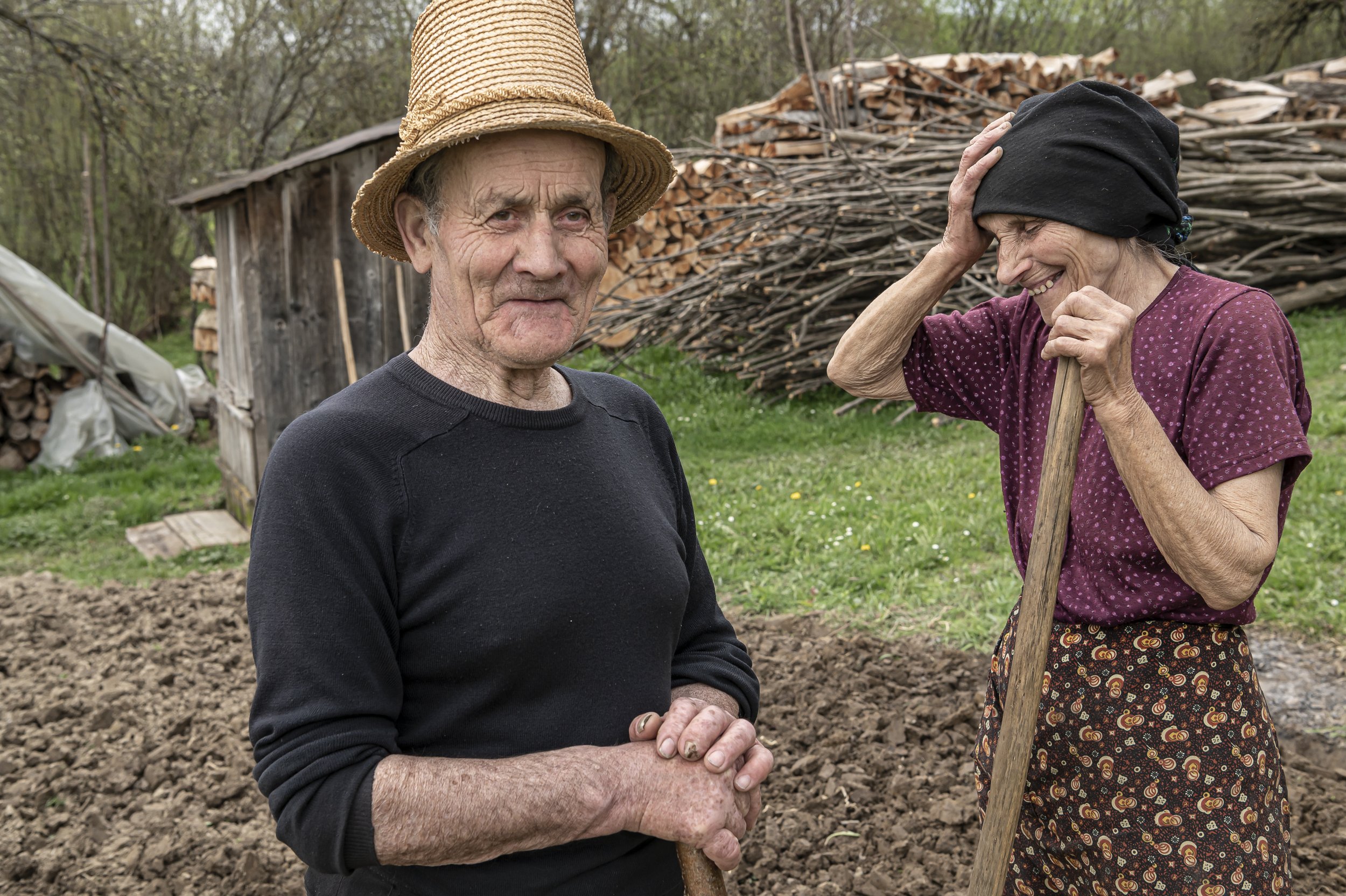
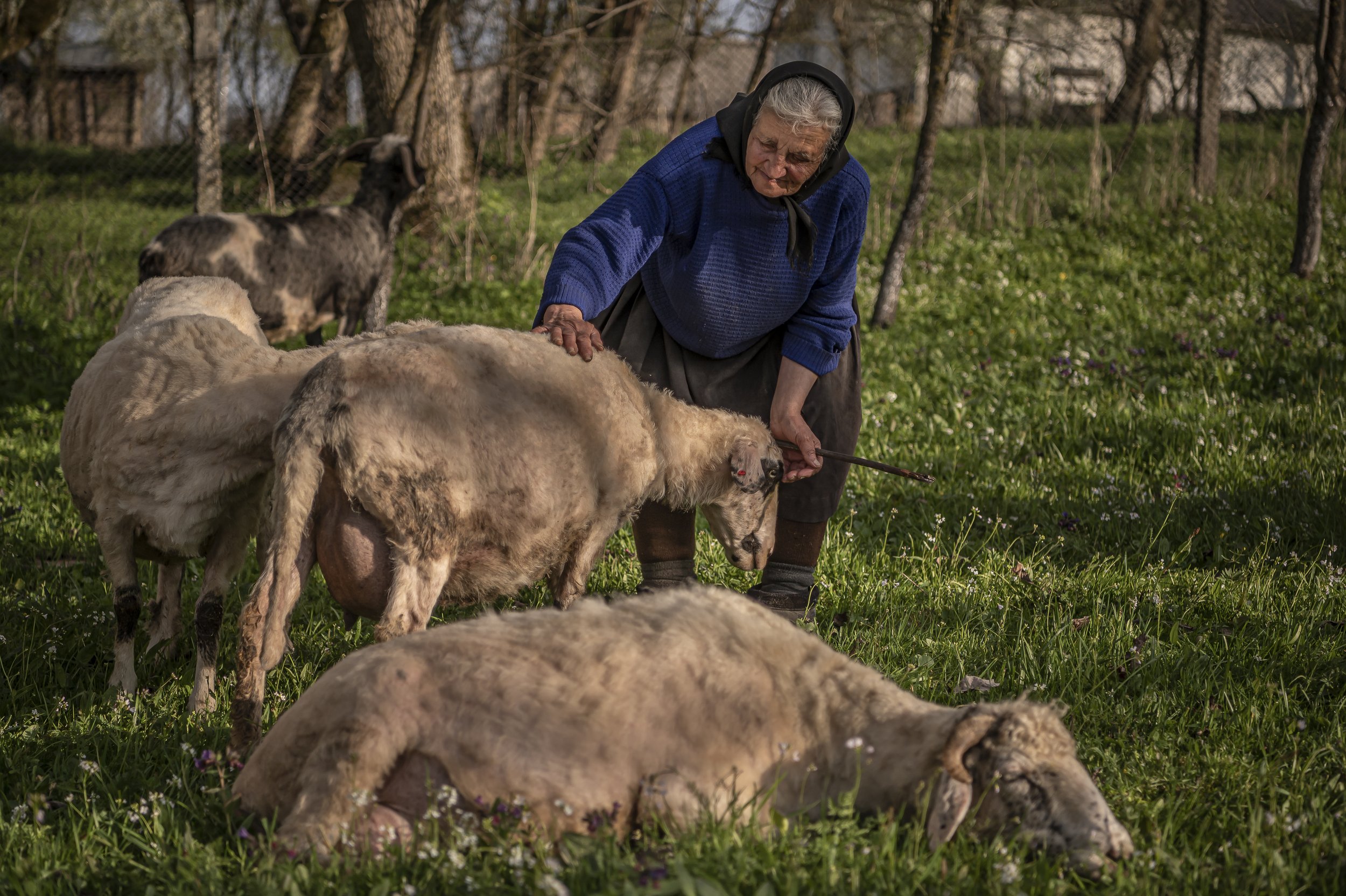
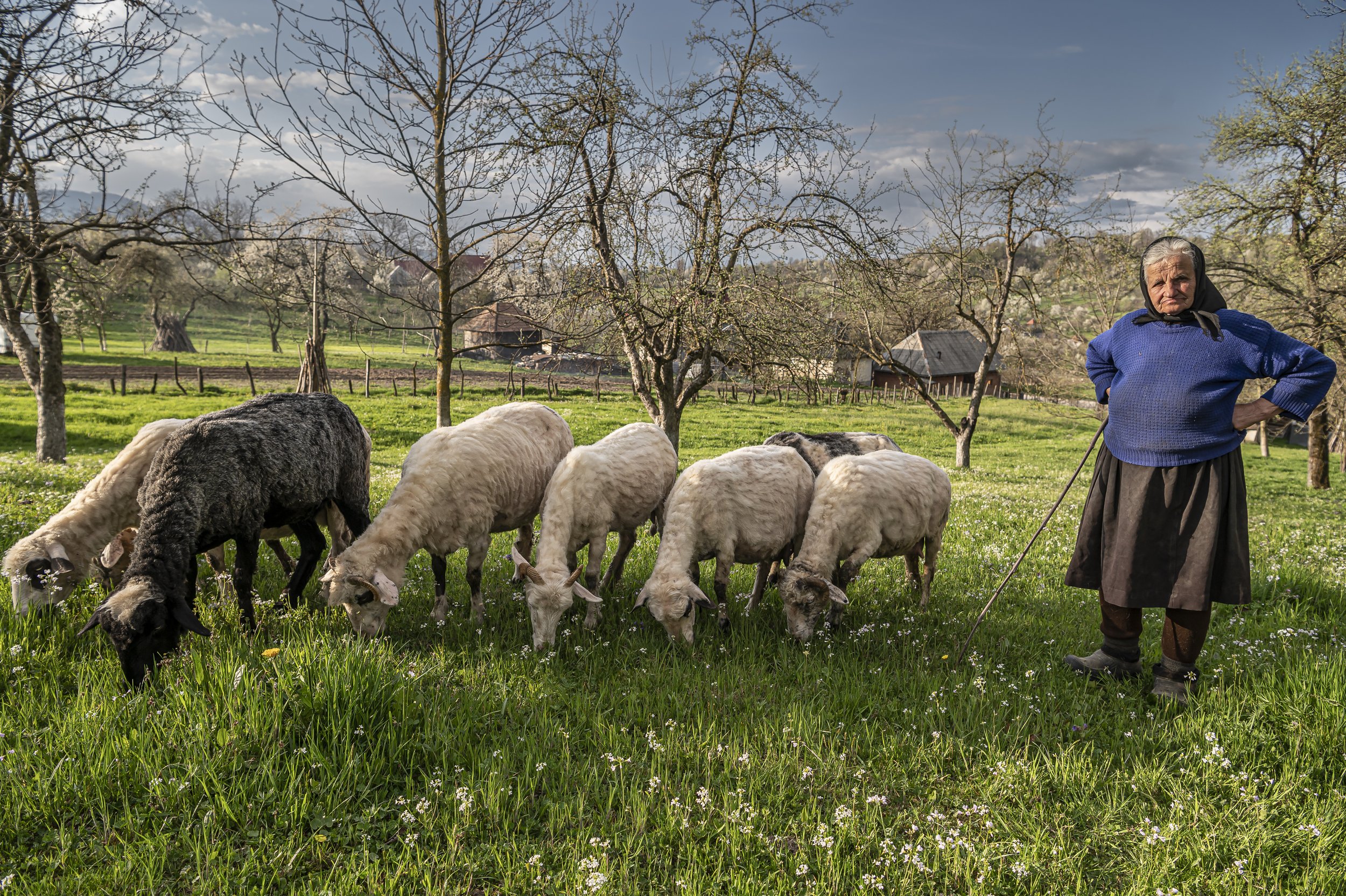


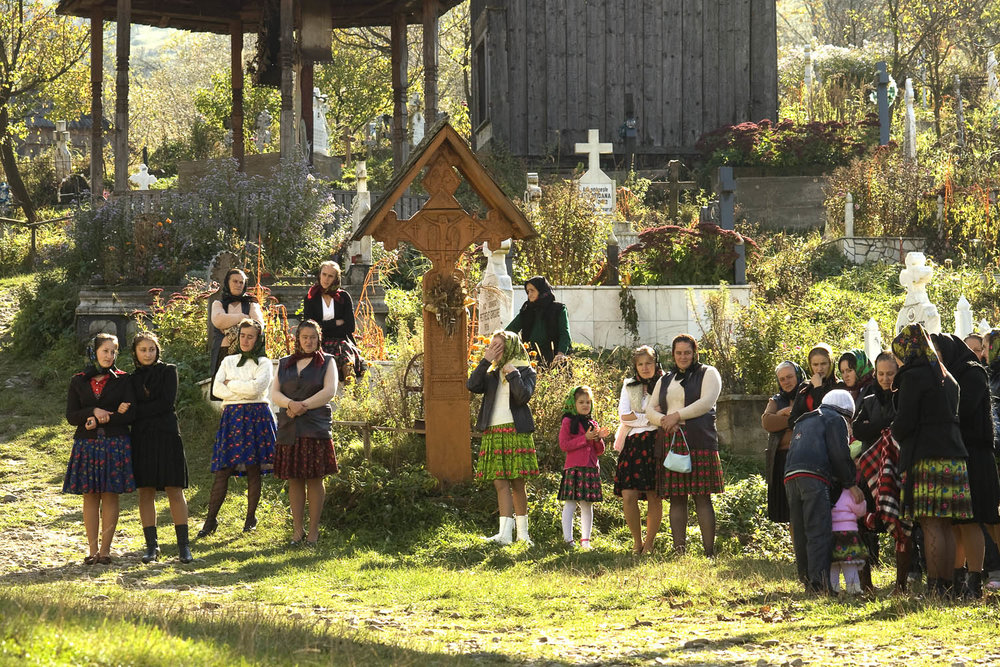
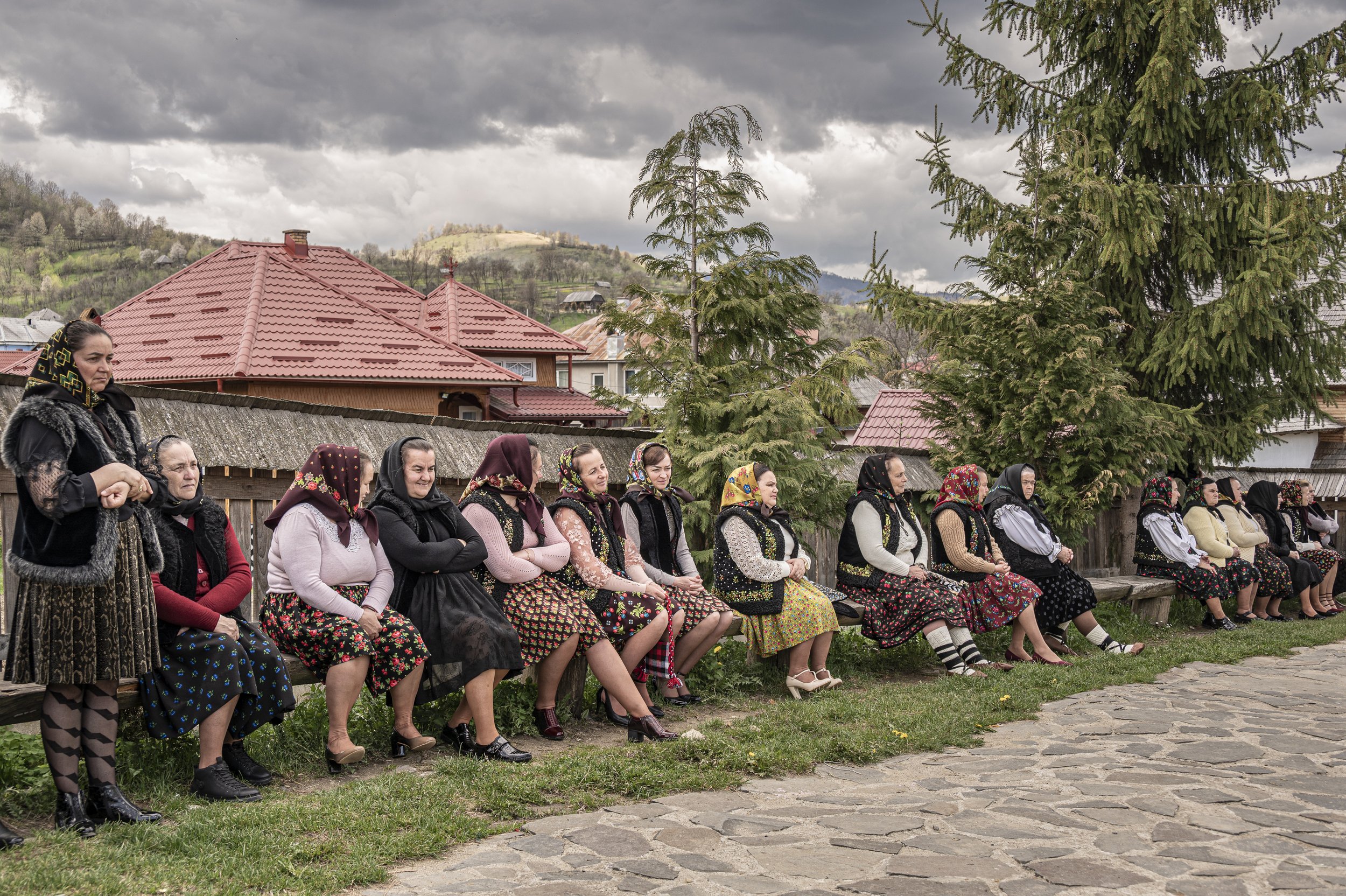
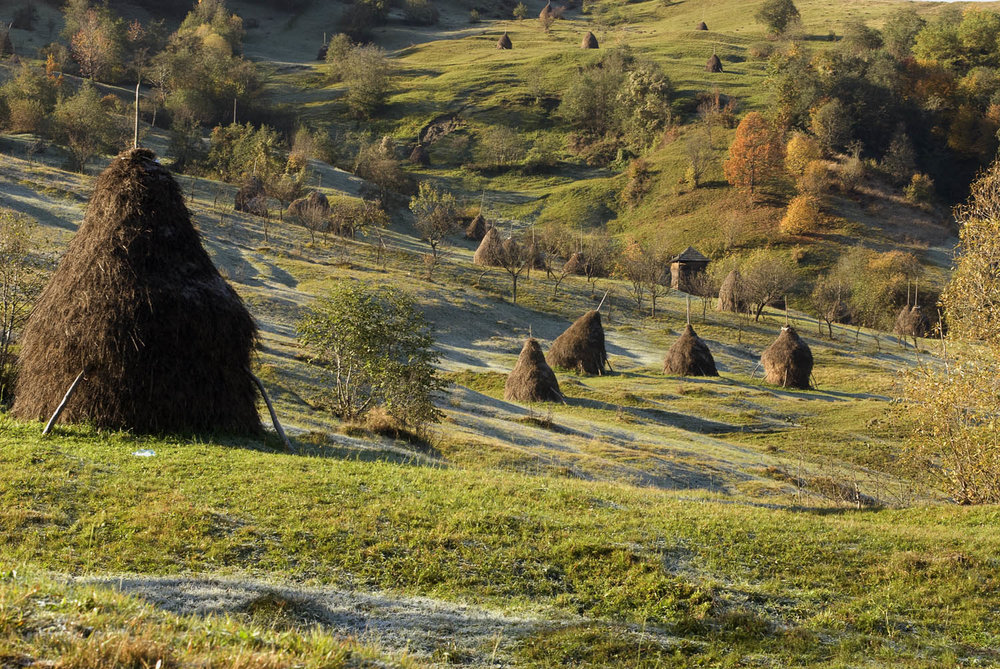
For centuries little changed in the mountainous villages of Maramures close to the Ukrainian border in northern Romania. These hardy, self sufficient, people grew their own crops, chopped firewood and pulled water from the well. They even sewed their own clothes and made their own shoes. Once a week they'd head out to the local market in their horse and cart to sell or buy cattle and pigs, stopping for a locally brewed plum brandy and a chat with local villagers. During the freezing winters they'd bring the livestock inside their houses and wrap up against the minus 30 degree temperatures, relying on salted bacon and preserves for nourishment. The ritual continued throughout communist times and Nicolai Ceaucescu's systemisation policy of clearing the original houses and replacing them with brutal concrete blocks of flats, didn't reach this remote part of the Carpathian Mountains.
However, capitalism has had a more detrimental effect on these traditions. With many of the younger generation working abroad the money being sent home has resulted in many of the old traditions being swept aside. New housing is replacing the traditional wooden houses and decorative gates; jeans and Chinese-made clothing is becoming the fashion choice rather than the folksy costumes that used to be favoured across the generations.
I’ve visited the region of Maramures 4 times: the first time was immediately after the 1989 revolution, which saw the toppling and execution of Nicolai Ceaucescu, when I travelled out on a mercy mission from Devon while reporting for the Plymouth Evening Herald. During that time we travelled through the area on our way to the neighbouring region of Moldovia. I remember the horse and carts lit by lanterns on the rutted road. Ten years later in 1998 I revisited the area to make a film for Associated Press TV on the state of the orphanages. In one of the villages an orphanage had been closed and local villagers had fostered the children with the help of a European NGO. In 2008 I returned to the area to photograph life in the villages and at the markets which take place every day at different towns and villages in Maramures. Although the age old traditions continued there were signs of change.
I revisited in April 2022. The markets no longer sold livestock, mainly due to fear of diseases, and there were far less horse and carts on the road. Although modern buildings had replaced many of the traditional wooden houses there were signs of a return to favouring the wooden houses and a realisation that tourists actually preferred the traditional. With many of the homes now looking to rent out rooms owners realised that they were move likely to do this if their homes were old fashioned. New builds were starting to be done in wood and traditional gates have suddenly become all the rage.